Your support helps us to tell the story
From reproductive rights to climate change to Big Tech, The Independent is on the ground when the story is developing. Whether it's investigating the financials of Elon Musk's pro-Trump PAC or producing our latest documentary, 'The A Word', which shines a light on the American women fighting for reproductive rights, we know how important it is to parse out the facts from the messaging.
At such a critical moment in US history, we need reporters on the ground. Your donation allows us to keep sending journalists to speak to both sides of the story.
The Independent is trusted by Americans across the entire political spectrum. And unlike many other quality news outlets, we choose not to lock Americans out of our reporting and analysis with paywalls. We believe quality journalism should be available to everyone, paid for by those who can afford it.
Your support makes all the difference.Game birds are very lean compared with farmed poultry and so need to be cooked carefully to ensure they do not dry out. Most benefit from being served slightly pink, as more moisture is retained in their very lean flesh. Also the meat is often marinated and stewed, or covered in bacon before roasting to keep it moist.
The birds are hung to develop the flavour of the meat but also to tenderise the flesh as the enzymes start to break it down.
The length of time game birds are hung for varies according to personal taste. While some people like their game hung well, and high, those who prefer a less gamey flavour will keep it up for a shorter period.
Feathered game should be hung by the neck in a cool, dry and dark place. There must be room for good circulation of air around the birds and they should be hung away from other food to avoid cross-contamination.
Plucking and drawing a pheasant
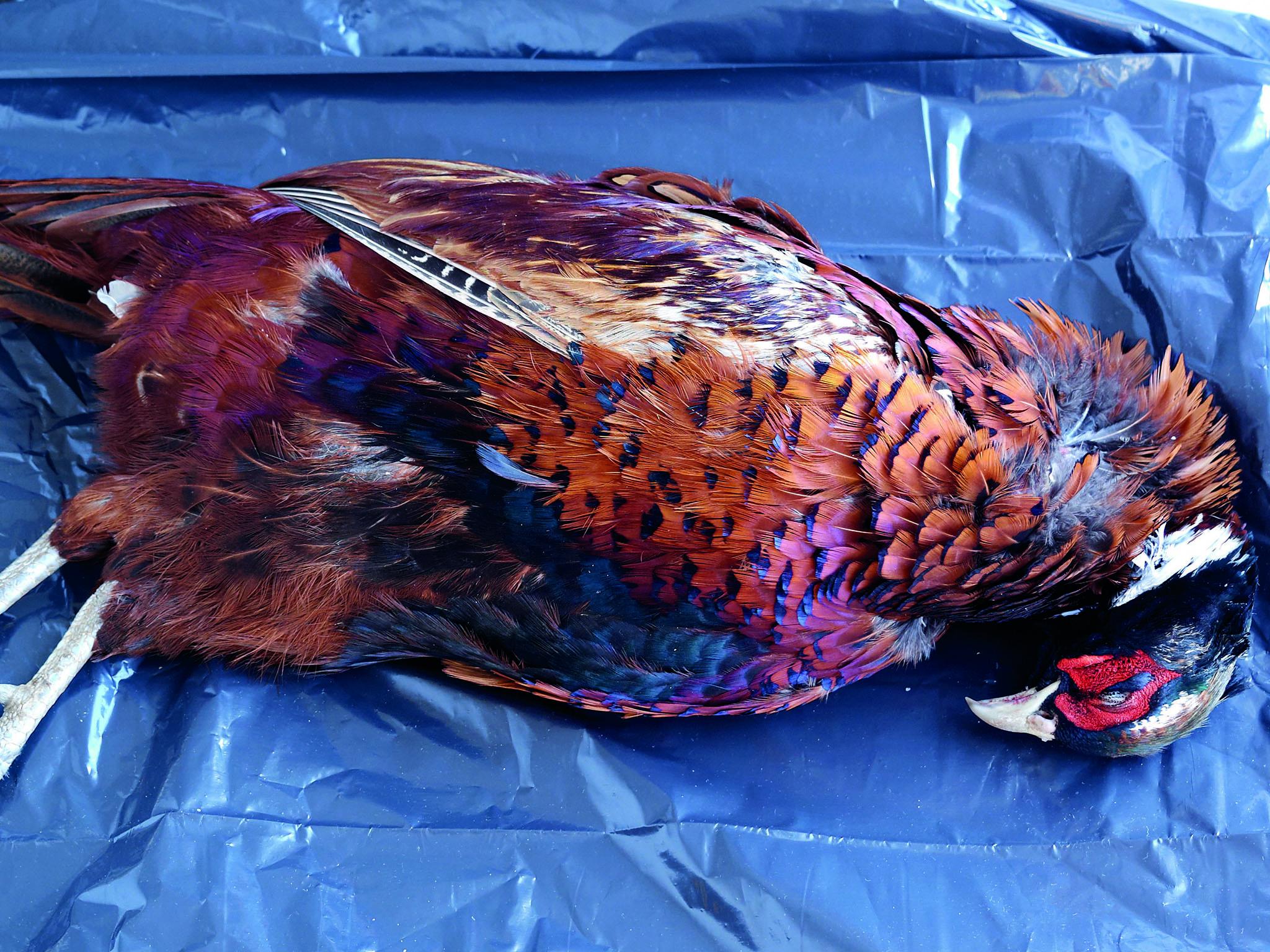
1. Cut a large bin bag down one side and across the bottom and open it out on your work surface. If you have a drawer under your work surface, open a second bin bag and tuck it in the drawer, then close the drawer, leaving the bag open.
If you don’t have a drawer, then place a chopping board over one top side of the second open bin bag. Squirt a thin line of washing up liquid around the inside of the bag; this will help to keep feathers in the bin bag. Lay the pheasant on the opened-out bag on your surface, breast side down.
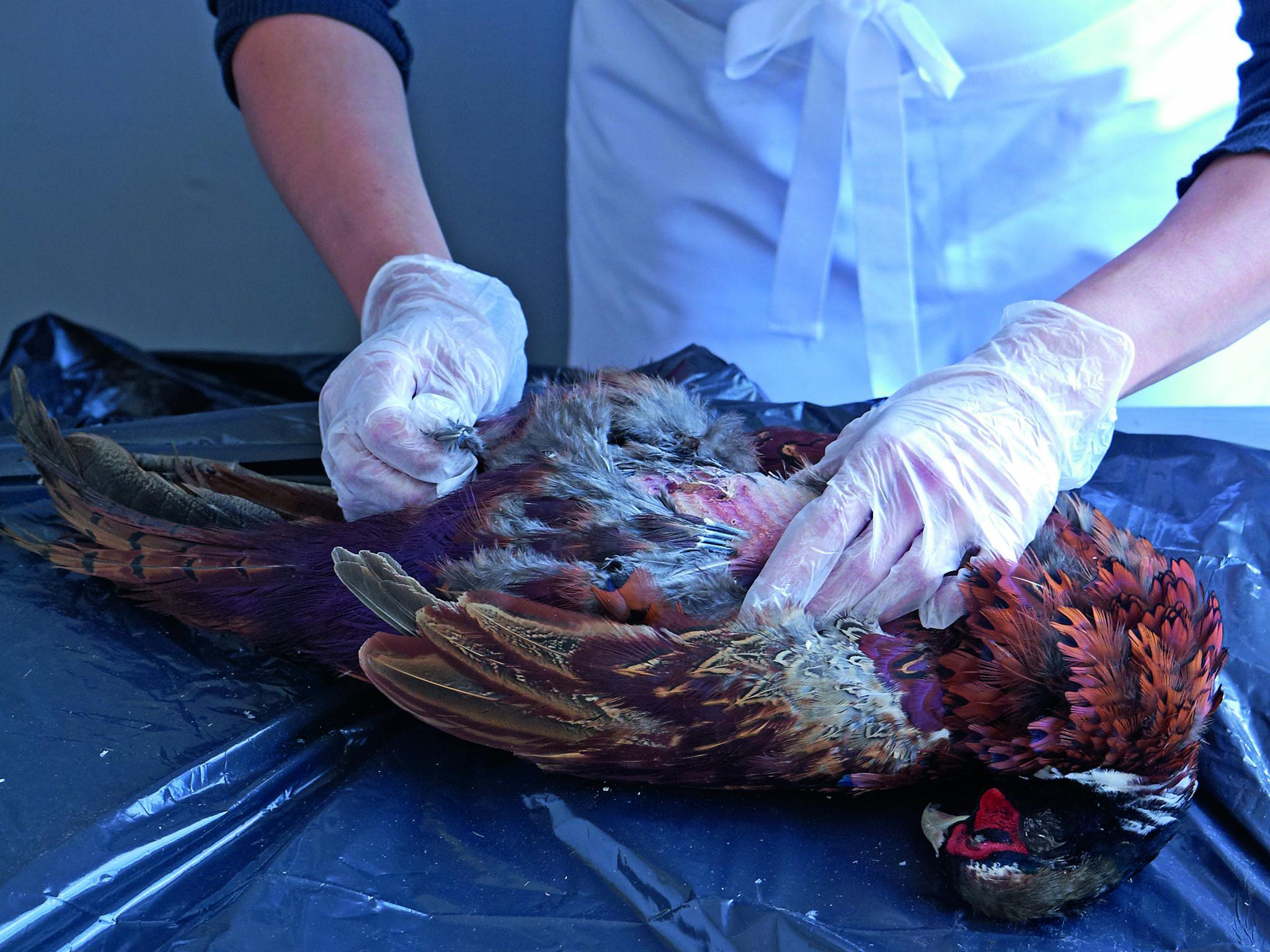
2. Now begin to pluck the pheasant. On the non-breast side, legs and thighs, you can pull out the feathers in the opposite direction to the way they lie, but on the breast side, where the skin is delicate, you need to pull them out in the same direction to avoid tearing the skin. Support the skin with one hand, take a few feathers in the other and pull firmly to pluck, dropping the feathers into the bag.
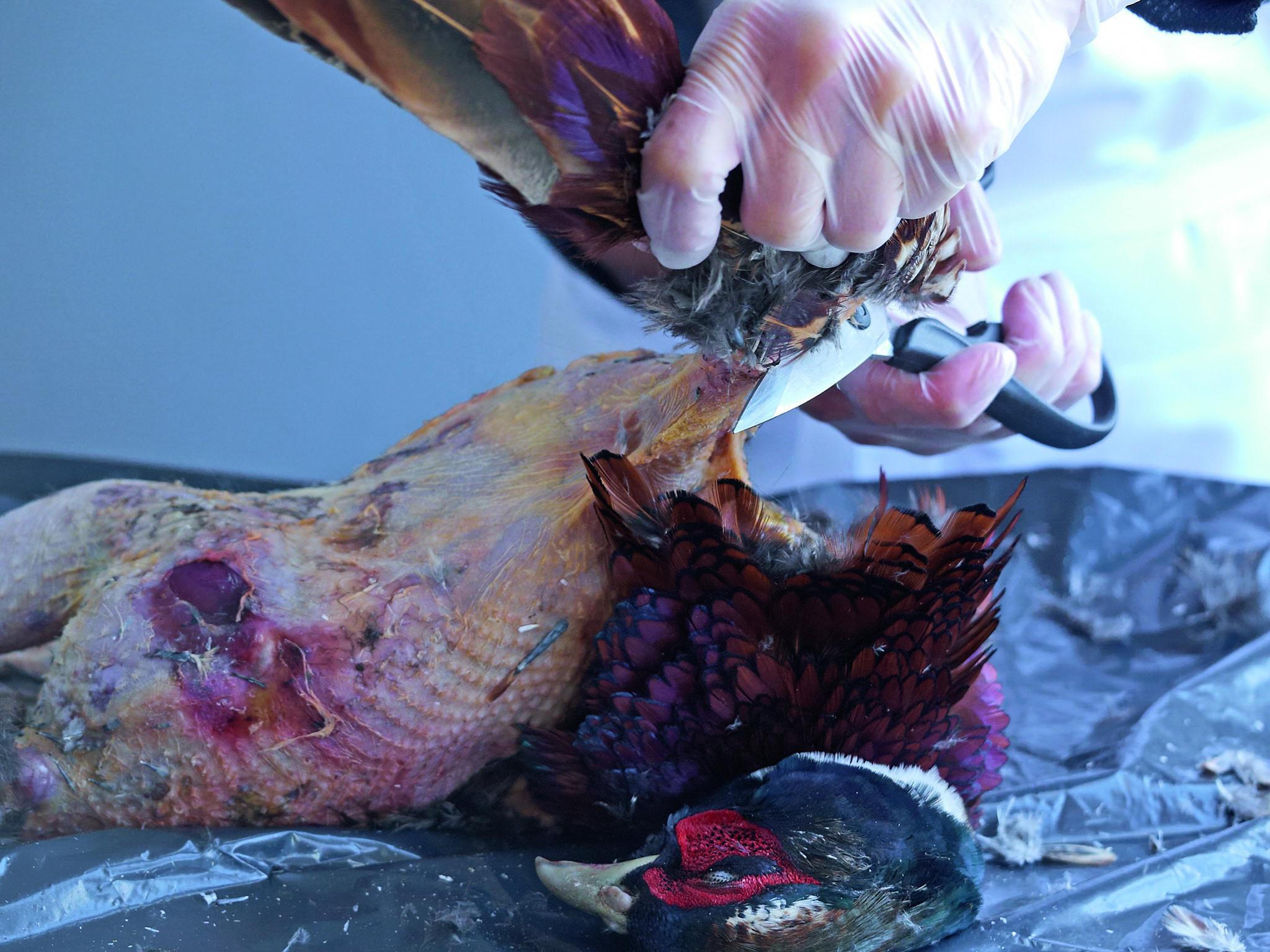
3. Either pluck the wings up to the first joint, then cut through the joint to remove the outer 2 wing parts, or cut off the outer 2 wing joints before starting to pluck the bird. Continue to pluck the bird on the non-breast side until the back is fully cleaned of feathers up to the head. Turn the pheasant over and start on the legs and thighs, then finally the breast. There will be a few small soft feathers still on the bird but these can be scorched off later.
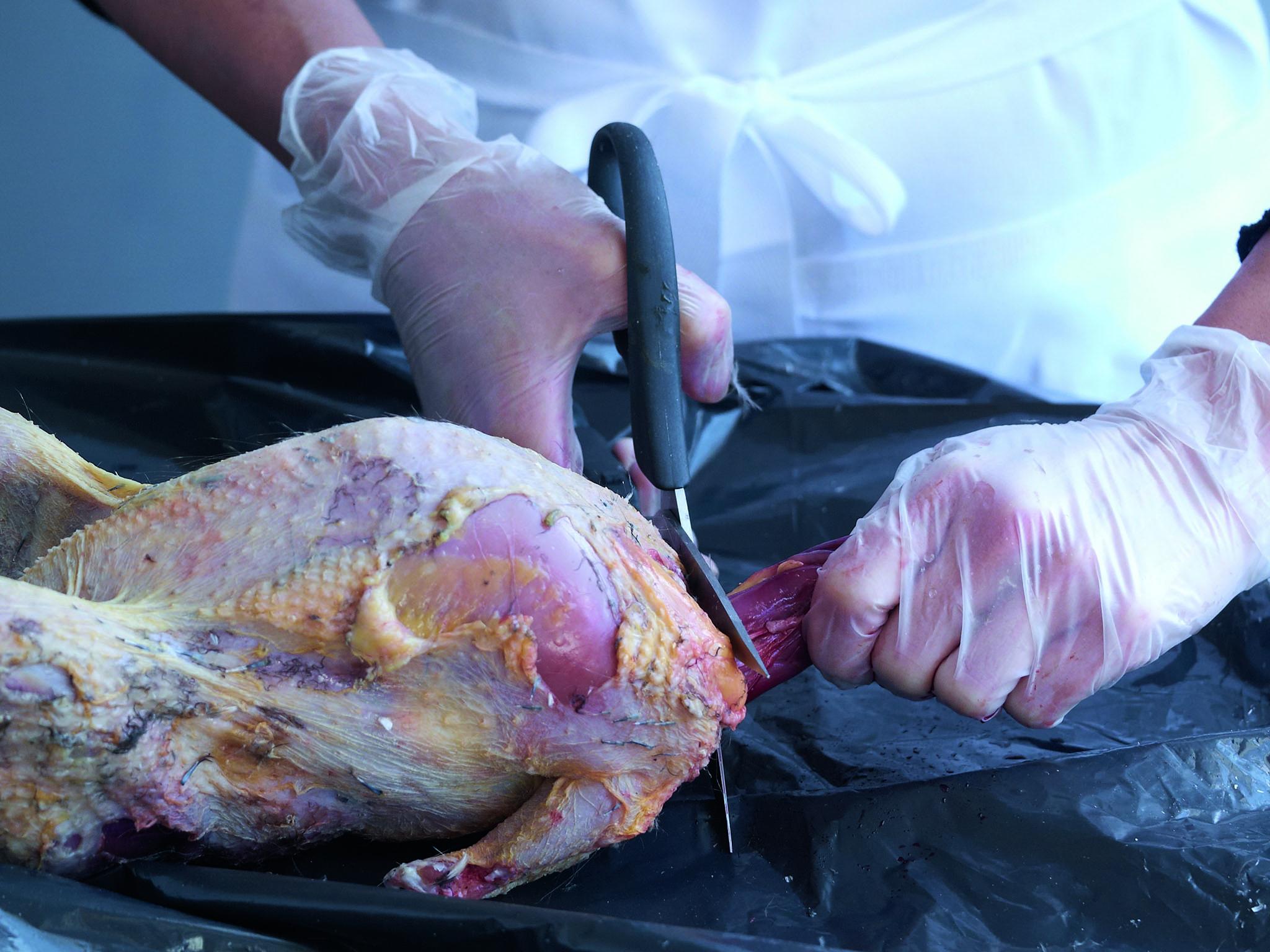
4. Turn the pheasant breast-side down again and cut through the neck as close to the head as possible, discarding the head. Now make a cut down the length of the neck and pull the skin from the neck. As close to the body as possible, cut off the neck and reserve. Take care not to puncture or break the crop. This found at the base of the neck in the body of the pheasant at the top of the breasts, and can be carefully released away from the pheasant and removed whole. If you don’t manage this, don’t worry, as the crop is only filled with undigested grain, which can be wiped away with kitchen paper. Trim the neck skin.
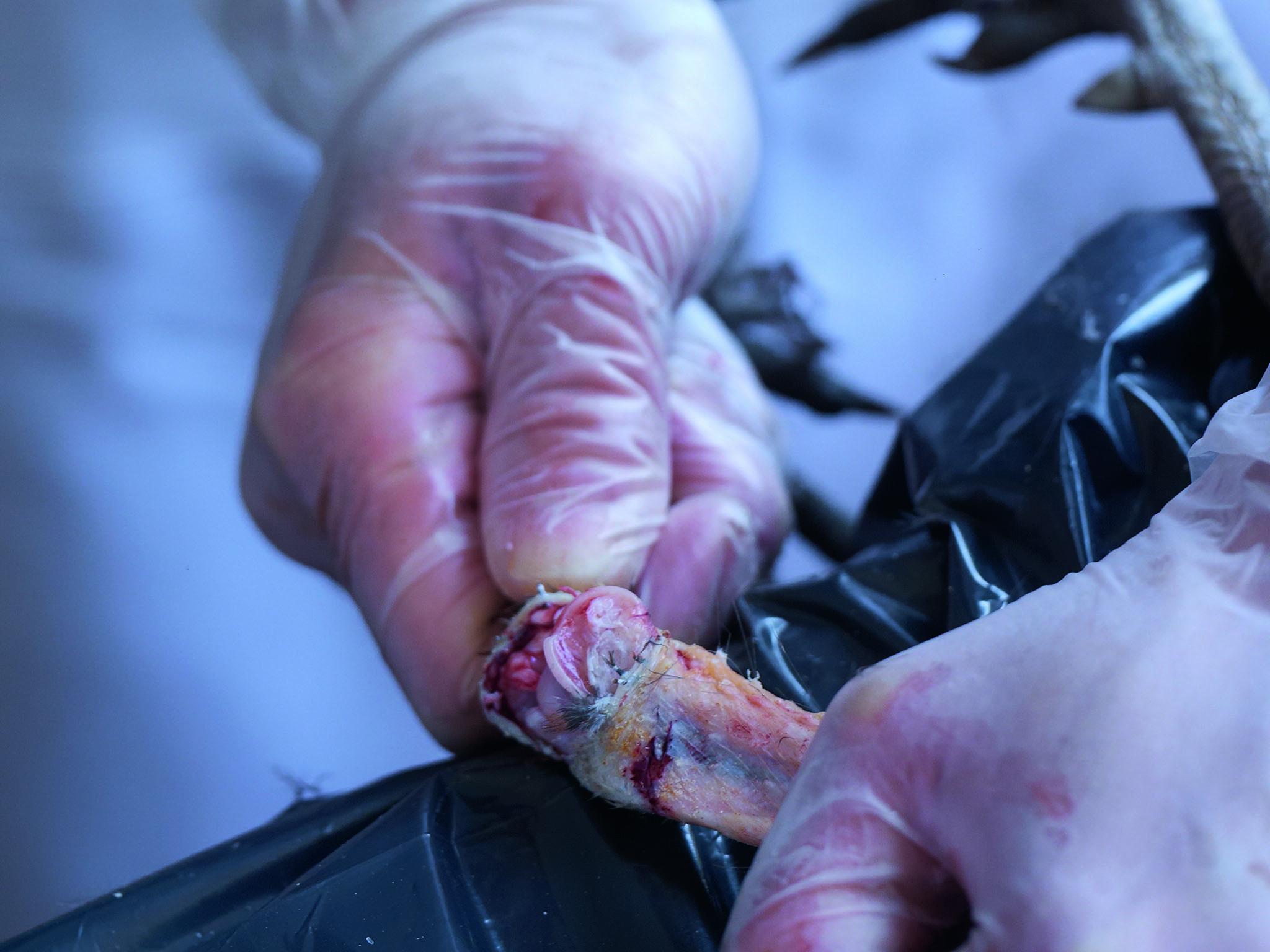
5. To remove the feet, make a shallow incision around the knee joint to release the skin, then place the pheasant on the surface with the feet hanging over the edge. Bend the feet over the edge, twisting and pulling as you do to help pull the strong tendons from the legs. The feet should pull away with the tendons attached. Discard the bin bag covering the work surface and clear all feathers from the area.
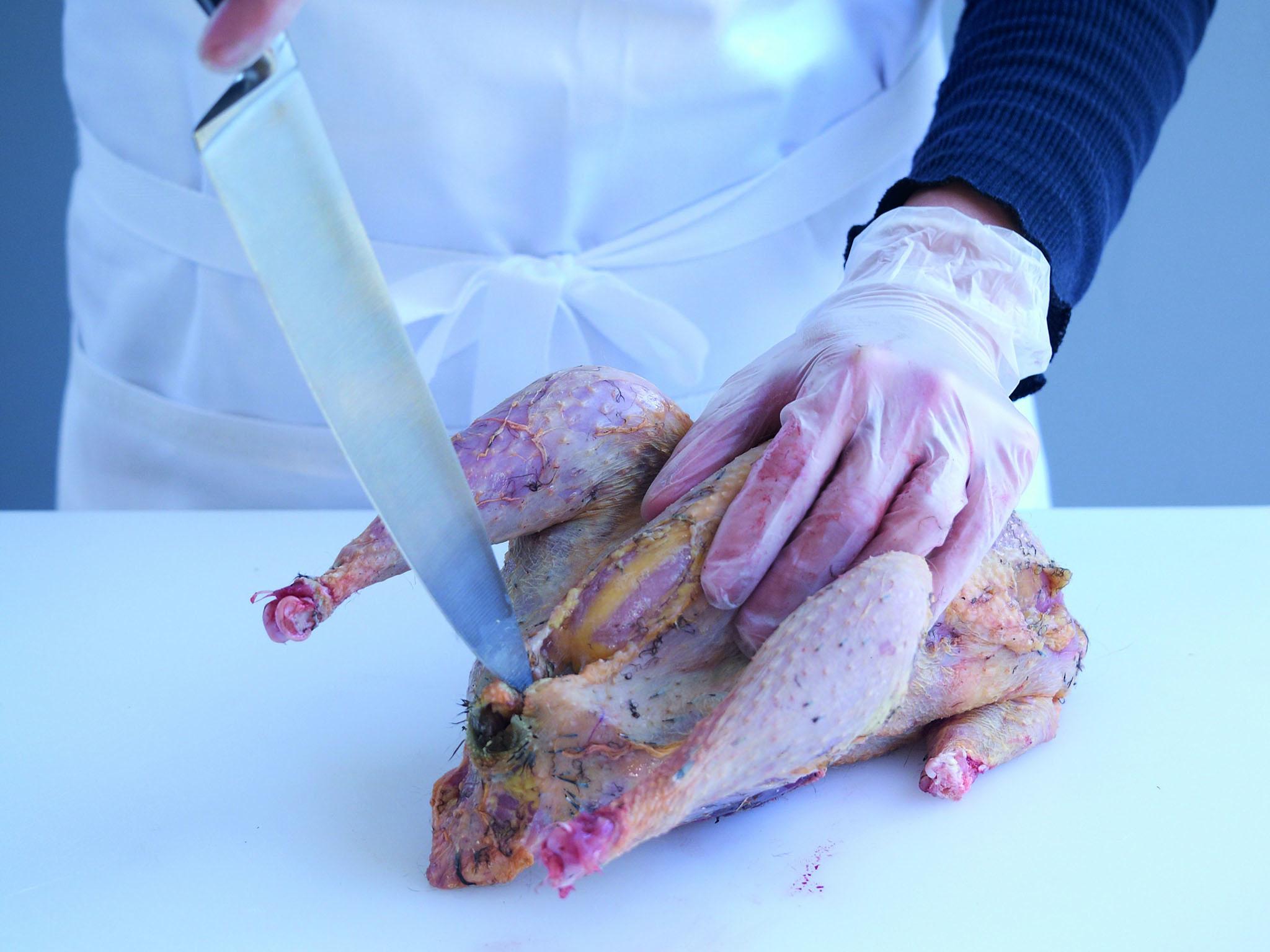
6. To draw, or gut, the pheasant, locate the vent. Insert the point of a knife into the vent and cut down to extend the opening
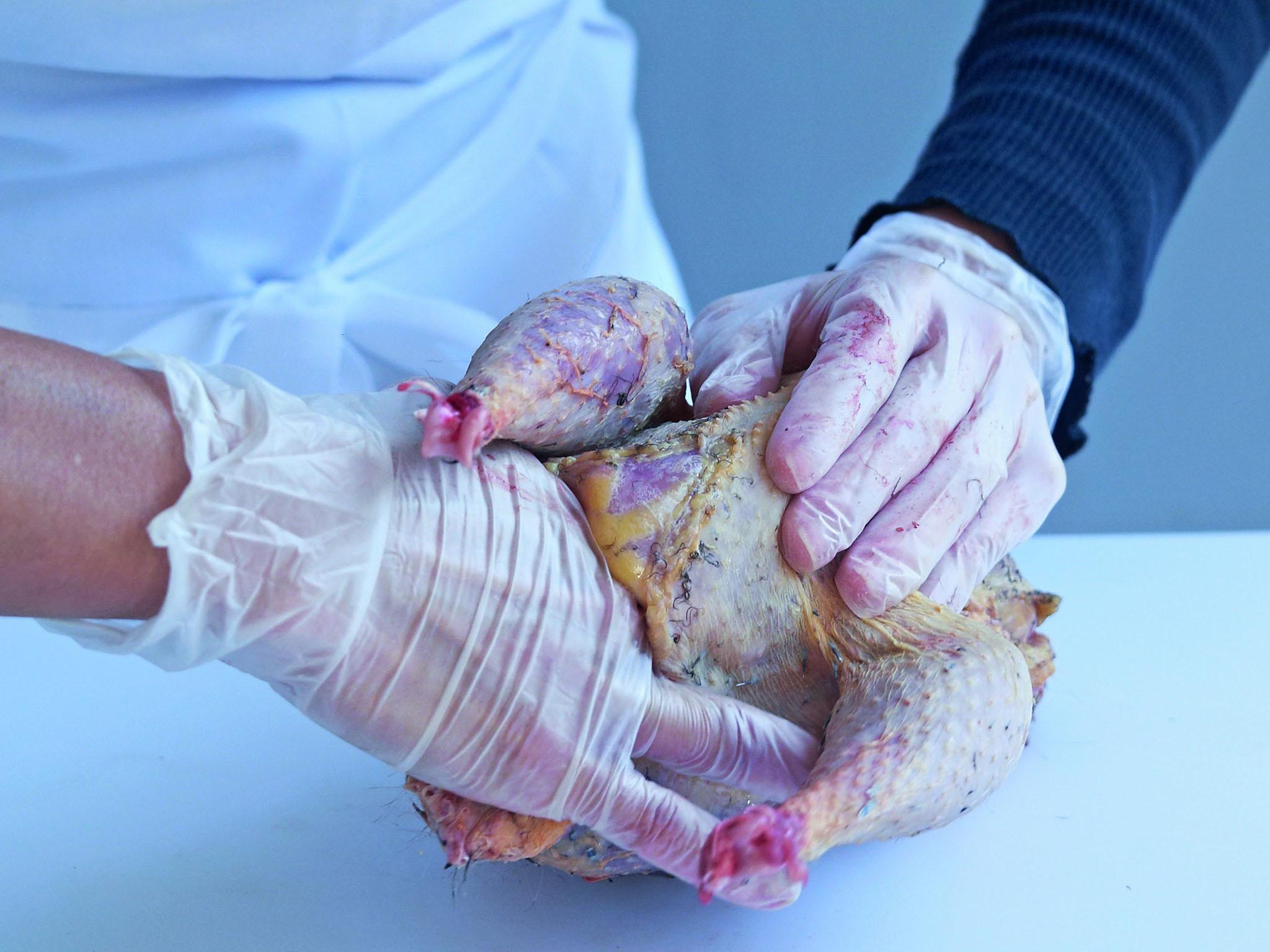
7. Then, for a two-fingered draw, place your middle and forefingers in the cavity, keeping them as close as possible against the breast bone. Push your fingers as deep as possible, as close to the neck end of the pheasant as you can get them. Then move them left and right, down to the back bone to release the entrails. Once released, use your fingers to pull the entrails towards the entrance of the cavity and out. Make sure you remove all the entrails and wipe out the cavity with kitchen paper to clean it.
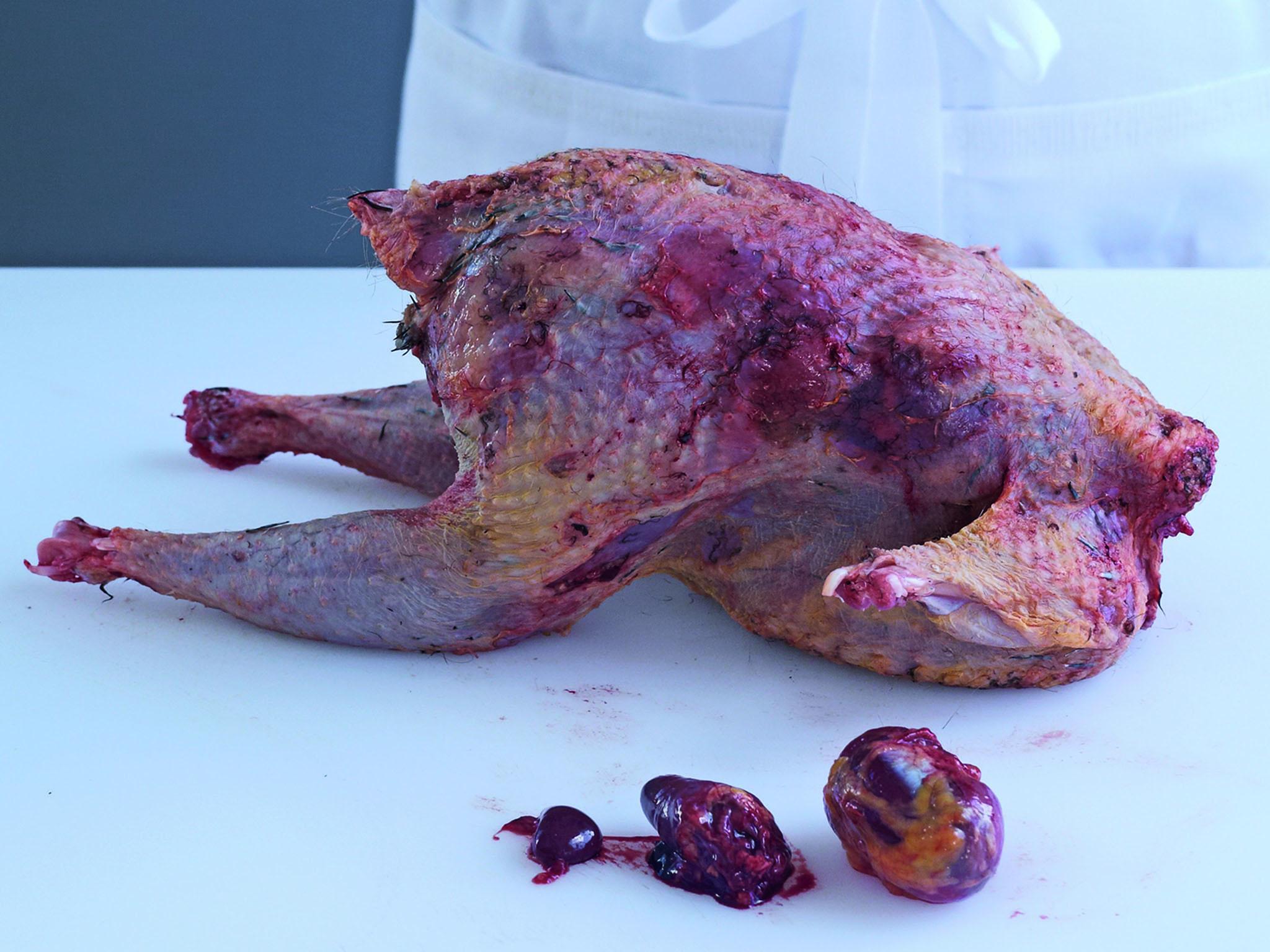
8. Place the entrails on the board and pull away the gizzard, liver, kidneys and heart. Discard all other entrails. Pull away any extraneous bits from the heart, liver and kidneys; set aside. Take the gizzard and, using a knife, make a shallow incision halfway around it. Open the gizzard and rinse out the ground grain.
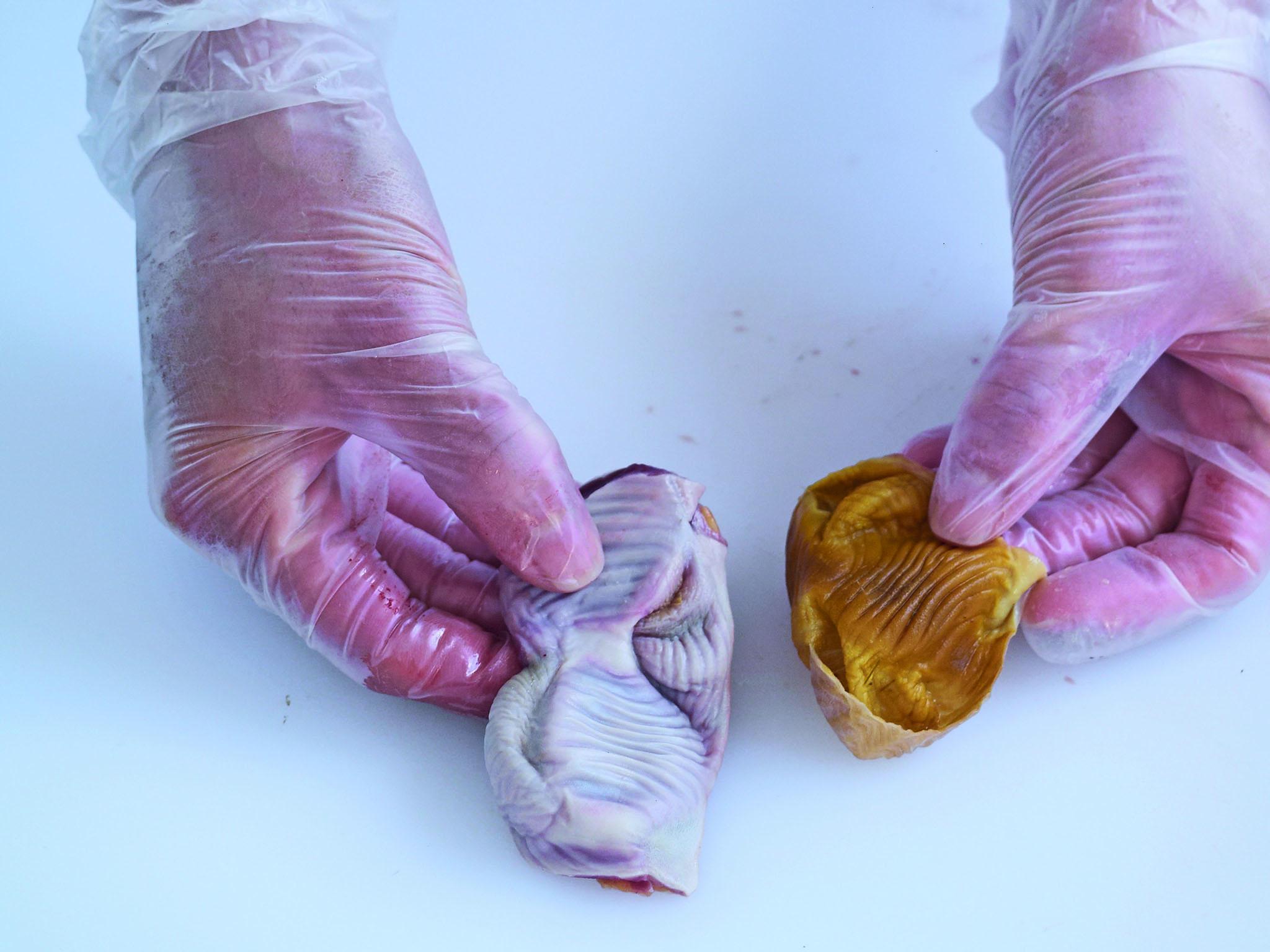
9. Carefully pull away the inner membrane from the gizzard and rinse again. Set the entrails aside until ready to use. Hold the pheasant over an open gas flame to scorch off any remaining feathers. If you do not have a gas burner use a blowtorch, but don’t get so close to the pheasant as to scorch the skin. Wipe over the pheasant with kitchen paper to remove the remains of any scorched feathers. The pheasant is now ready to cook.
Leiths How to Cook, published by Quadrille, £30

Join our commenting forum
Join thought-provoking conversations, follow other Independent readers and see their replies
Comments